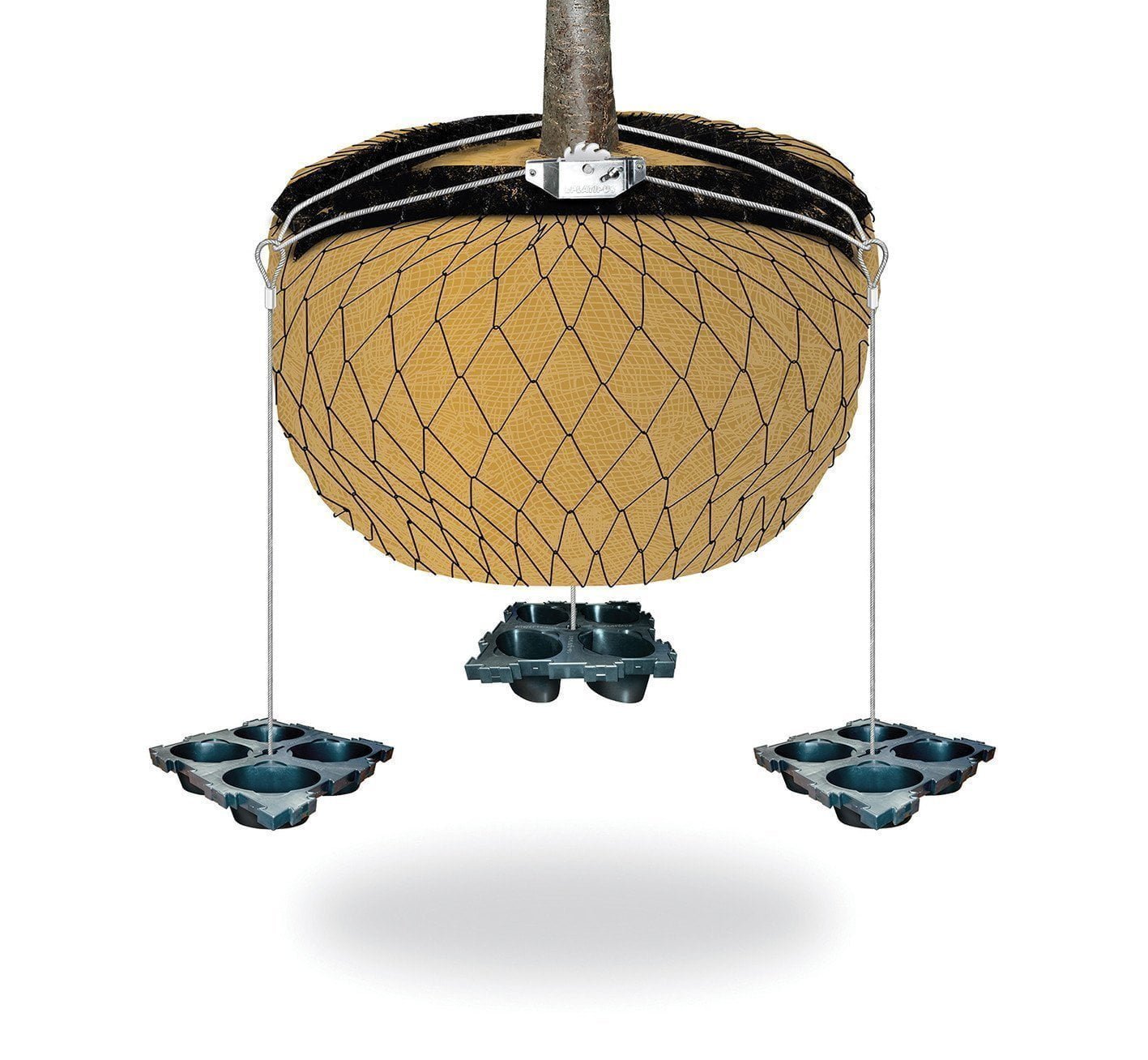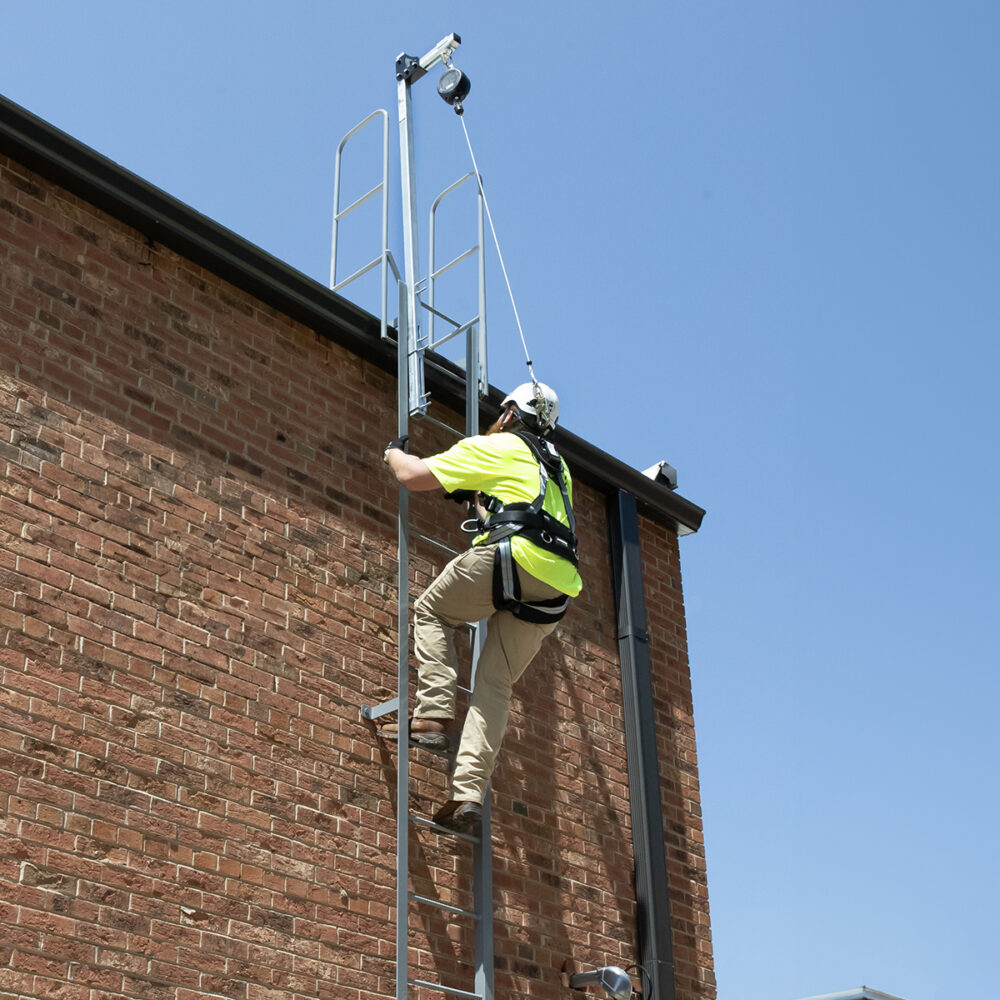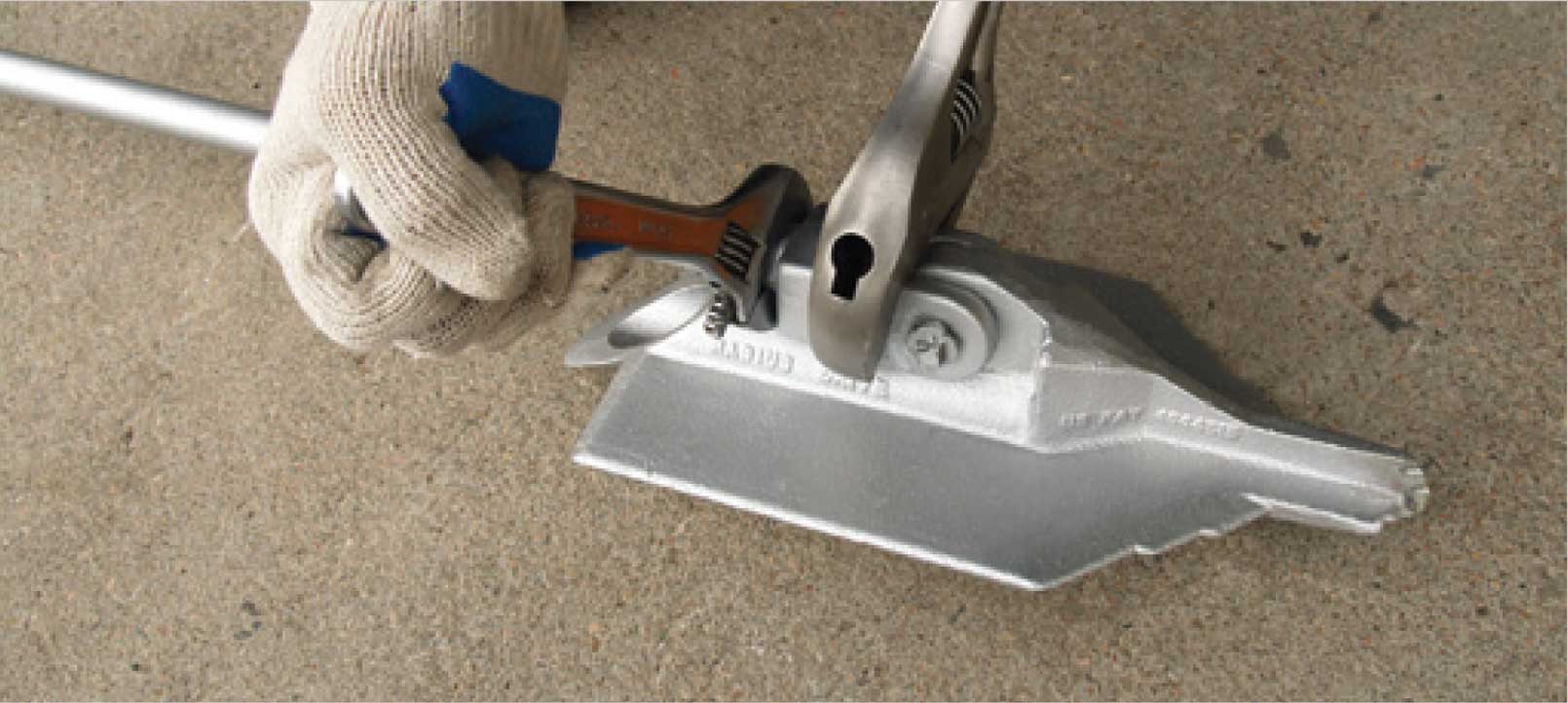Reliable Support Equipments Designed for Optimum Toughness
The design of efficient anchor systems is critical in making sure optimal toughness and integrity throughout numerous applications, specifically in aquatic and civil design. By utilizing ingenious products and advanced engineering techniques, these systems not only enhance holding power but additionally adjust to tough ecological problems. As we check out the different types of anchor systems and the products that underpin their performance, it comes to be obvious that the future of securing innovation might hold also better advancements. What implications do these growths have for safety and security and efficiency standards in the market?
Importance of Support Systems
Support systems play a critical function in numerous applications, from marine building to overseas exploration and even in the stability of frameworks on land. In aquatic settings, anchors are vital for mooring vessels, preventing drift due to wind, currents, or waves.
In addition to marine applications, support systems are essential in civil engineering, particularly in the building of retaining walls, bridges, and structures in geologically tough locations. These systems aid distribute loads efficiently, combating pressures such as dirt pressure and seismic activity. The significance of support systems prolongs to the renewable resource field, where they secure wind turbines and overseas systems, contributing to the stability and efficiency of energy generation.
Ultimately, the effectiveness of an anchor system is fundamental to the safety, toughness, and capability of numerous structures, making their design and implementation a vital element in engineering and construction techniques throughout several markets.
Ingenious Materials in Anchor Design

Modern innovations in materials science have actually considerably changed anchor style, enhancing performance and toughness. The consolidation of composite products and high-strength alloys has actually led to anchors that can withstand severe environmental problems while maintaining architectural integrity. These ingenious products not only supply remarkable tensile strength however also decrease weight, boosting ease of setup and handling.
One notable advancement is using carbon fiber reinforced polymers (CFRP), which provide superb corrosion resistance and high strength-to-weight ratios. This permits the design of anchors that are both light-weight and exceptionally durable, making them suitable for marine applications where direct exposure to deep sea can lead to material deterioration.
In addition, advancements in finishings-- such as innovative epoxy and galvanization-- further shield metal anchors from corrosion, prolonging their life span. These layers can be tailored to meet particular environmental obstacles, guaranteeing that supports execute reliably even in harsh conditions.
Additionally, the integration of clever products, which can adjust to altering tons and ecological aspects, is leading the means for future support layouts. These advancements highlight a pattern in the direction of greater efficiency and reliability in anchoring solutions, ultimately enhancing safety and security throughout numerous applications.
Kinds Of Effective Anchor Equipments
Reliable securing services are vital for guaranteeing stability and safety in numerous applications, from building and construction to aquatic operations. A number of sorts of efficient support systems stand apart for their effectiveness and adaptability to various settings.
One prominent type is the screw anchor, which utilizes a helical layout to supply exceptional holding power in soil and soft ground. These supports are especially helpful in temporary frameworks and can be quickly eliminated and reused.
Another extensively secondhand system is the driven pile support, typically employed in hefty and marine construction tasks. These anchors are driven deep right into the ground, offering outstanding resistance to side forces, making them perfect for sustaining big frameworks.
For aquatic applications, the mooring buoy anchor system is essential. This system consists of buoyant tools connected to supports on the seabed, allowing vessels to stay secure while minimizing drag from winds and currents.
Finally, the deadweight support system depends on heavy weights to supply security and is frequently used in offshore setups. Each kind of anchor system is created to fulfill details requirements, making certain the security and honesty of structures and vessels in different problems.
Security Requirements and Regulations
Guaranteeing the security and helpful hints dependability of securing systems entails adherence to stringent safety requirements and policies. These requirements are developed by different companies, consisting of the American Culture for Screening and Products (ASTM), the International Company for Standardization (ISO), and neighborhood structure codes. Conformity with these laws is critical to guarantee that securing systems can hold up against ecological stress and anxieties and lots, lowering the threat of failing.
Examining and qualification procedures are essential elements of security standards. Anchoring systems must undertake rigorous assessments, including tensile strength tests, exhaustion examinations, and environmental impact evaluations. These examinations aid establish the systems' efficiency under real-world conditions, ensuring they meet or go beyond the required safety and security limits.
Additionally, producers are required to give in-depth requirements and guidelines for setup and maintenance, which are indispensable to maintaining safety criteria. Routine inspection and upkeep procedures must likewise be established to recognize prospective weaknesses with time.
Future Patterns in Support Innovation
The future of support innovation is positioned for considerable advancements, driven by the increasing demand for boosted security and efficiency in building and construction and engineering applications. Innovations are anticipated in products, style, and installment techniques, which will certainly improve the toughness and durability of anchor systems.
One emerging fad is the combination of wise technology right into support systems. Earth Anchor. By incorporating sensors, these systems can check tension, lots, and environmental problems in real-time, enabling positive maintenance and increased dependability. In addition, developments in composite materials may cause lighter, yet more powerful anchors that can stand up to severe conditions, decreasing the general weight of frameworks


In addition, modular anchor systems are gaining grip, permitting much easier setup and adaptability to numerous task requirements. Earth Anchor. As the market embraces automation, robotic setup techniques could further enhance the anchoring process, enhancing efficiency and precision
Conclusion
Finally, effective anchor systems play a vital function in ensuring the stability and Get More Info safety and security of civil and aquatic design jobs. The unification of cutting-edge products and progressed designs significantly improves holding power and resistance to various environmental obstacles. official website Adherence to safety standards and guidelines additionally highlights the importance of integrity in anchor systems. As innovation remains to advance, future patterns are anticipated to concentrate on wise monitoring services and lasting products, leading the way for improved efficiency and longevity.
The layout of efficient anchor systems is crucial in ensuring maximum strength and reliability throughout different applications, especially in civil and marine engineering. As we check out the various kinds of support systems and the products that underpin their performance, it becomes noticeable that the future of anchoring modern technology may hold even greater developments.Making certain the safety and integrity of securing systems entails adherence to rigid safety and security criteria and laws.In conclusion, reliable anchor systems play an important duty in guaranteeing the stability and safety of marine and civil design projects. Adherence to safety criteria and policies even more emphasizes the significance of reliability in support systems.